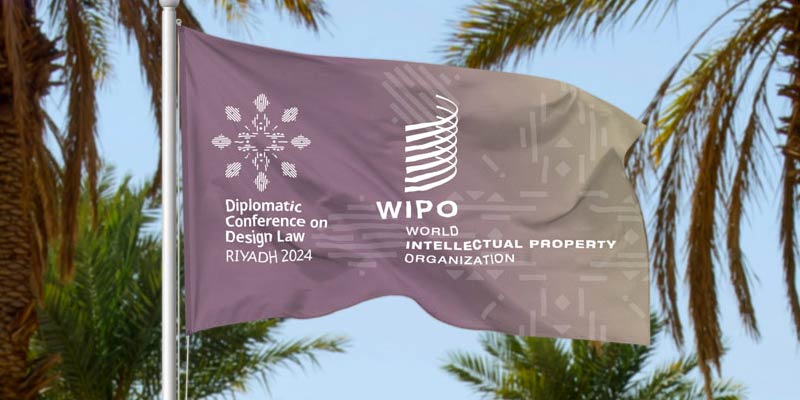- World
- Nov 27
India signs Riyadh Design Law Treaty
• After nearly two decades of negotiations, the member states of the World Intellectual Property Organisation (WIPO) adopted the Design Law Treaty (DLT).
• The WIPO treaty marks a major step forward in empowering designers and fostering international collaboration in design.
• It is called the Riyadh Design Law Treaty in recognition of the city that hosted the final stage negotiations.
• By signing the Final Act of the Riyadh Design Law Treaty, India builds on its progress and reaffirms its commitment to fostering inclusive growth and ensuring equitable access to intellectual property protection.
• Over the past decade, design registrations in India have tripled, with domestic filings increasing by 120 per cent in the last two years.
Benefits of Riyadh Design Law Treaty:
• Designs drive consumer choices by making products attractive to consumers. They are business assets that increase a product’s market value and provide a competitive advantage.
• The Riyadh Design Law Treaty will make it significantly easier for designers, especially smaller scale designers and micro, small and medium-sized enterprises, to register their work.
• Today, the process for protecting designs varies from one country to another. In some countries, designs are filed as “registered designs”. Registration systems may involve the examination of design applications by the IP office, involving procedures that vary from country to country.
• Because design rights are territorial and thus limited to the country or region in which protection was obtained, designers must go through the same process in each country or region where they wish to protect their designs.
• The Riyadh Design Law Treaty seeks to harmonise the procedural frameworks for industrial design protection, improving the efficiency and accessibility of registration processes across multiple jurisdictions.
• It will address that challenge by simplifying protection procedures and eliminating red tape.
• It introduces several key provisions aimed at benefiting design applicants, including relaxed time limits, the reinstatement of lost rights, the option to correct or add priority claims, simplified procedures for recording assignments and licenses, and the option to file multiple designs in a single application.
• The treaty also encourages contracting parties to work towards implementing electronic industrial design systems and facilitating the electronic exchange of priority documents.
What is WIPO?
• The World Intellectual Property Organisation (WIPO) is the global forum for intellectual property policy, services, information and cooperation.
• The WIPO Convention, the constituent instrument of the World Intellectual Property Organisation (WIPO), was signed at Stockholm on July 14, 1967, entered into force in 1970 and was amended in 1979.
• WIPO is an inter-governmental organisation that became in 1974 one of the specialised agencies of the United Nations.
• WIPO assists its 193 member states in developing a balanced international IP legal framework to meet society’s evolving needs.
• Its headquarters is situated in Geneva.
• It provides business services for obtaining IP rights in multiple countries and resolving disputes.
• WIPO delivers capacity-building programs to help developing countries benefit from using intellectual property.
Manorama Yearbook app is now available on Google Play Store and iOS App Store

